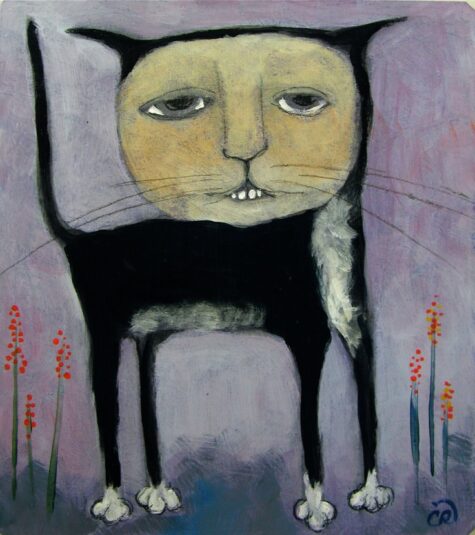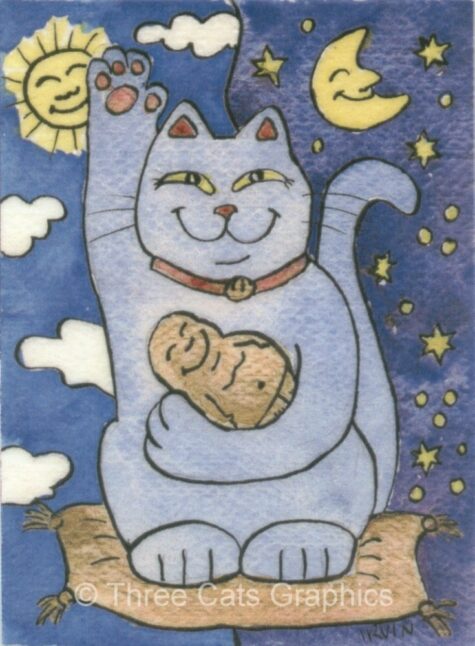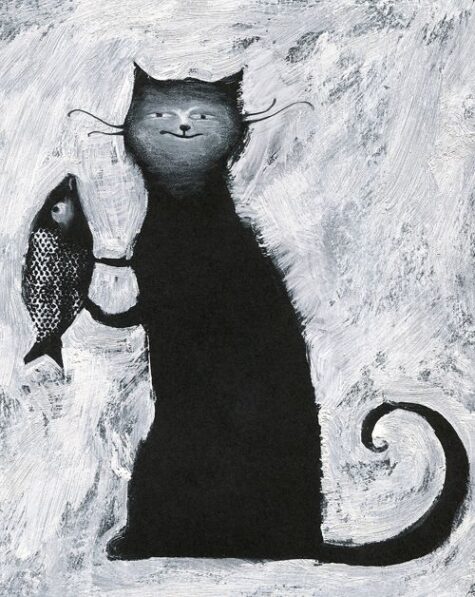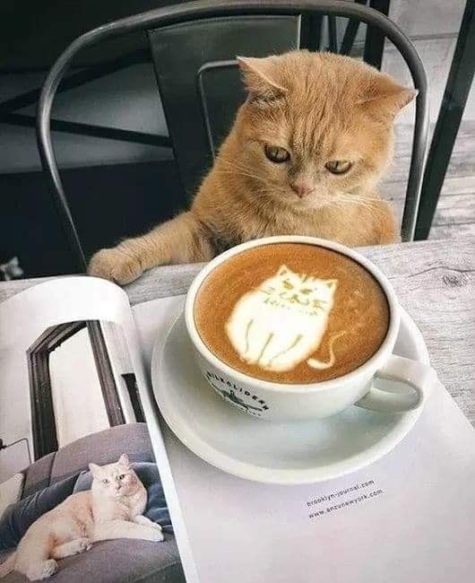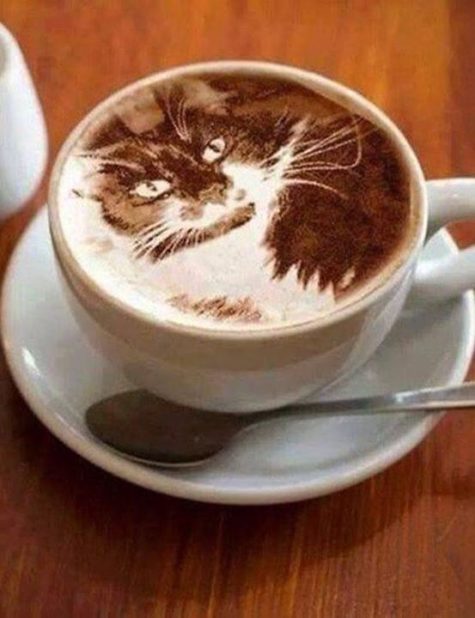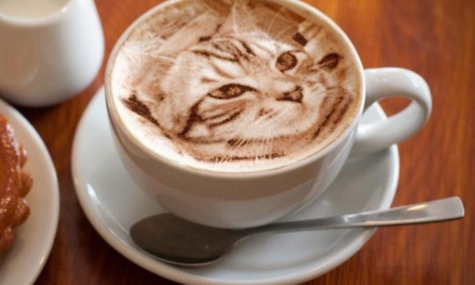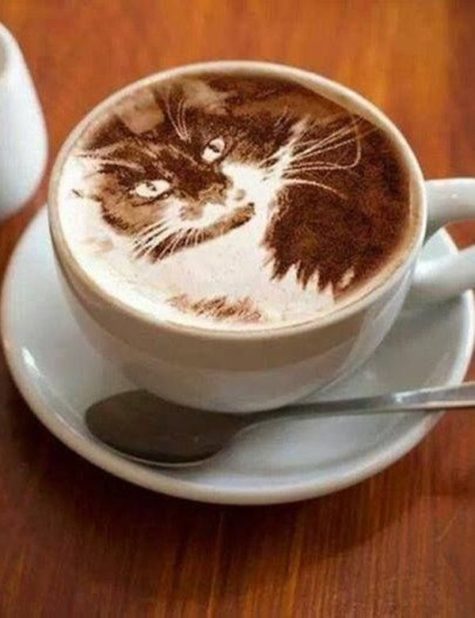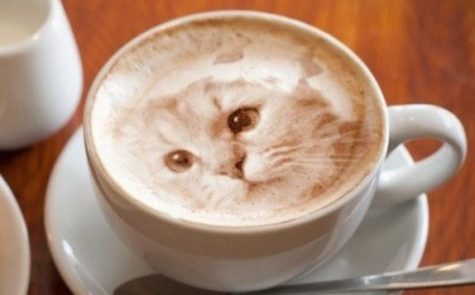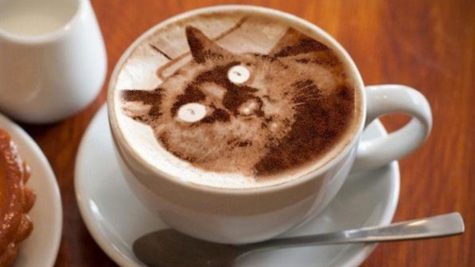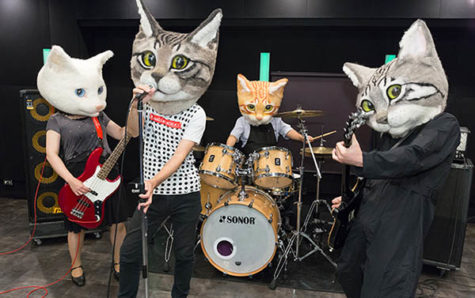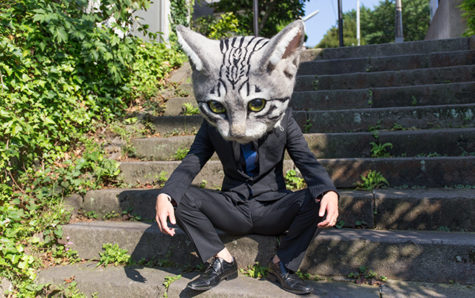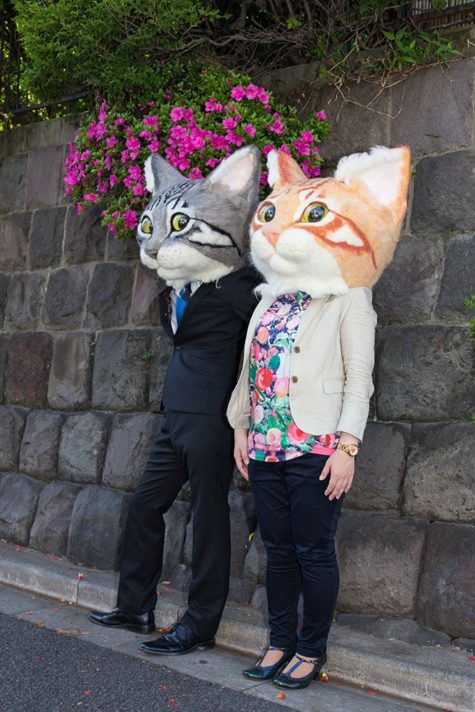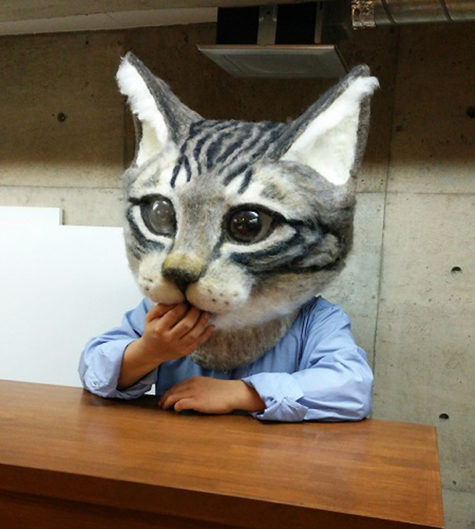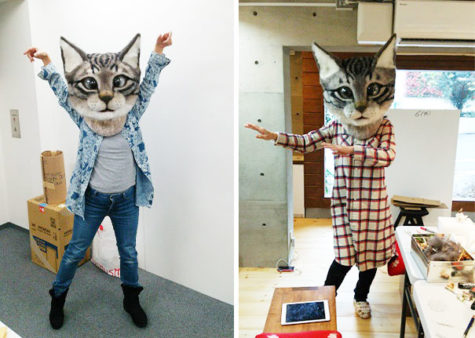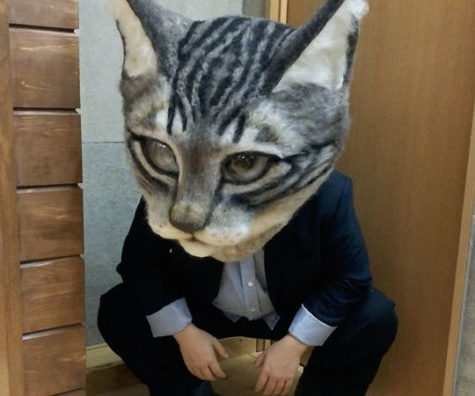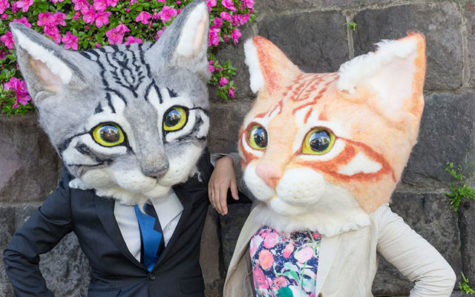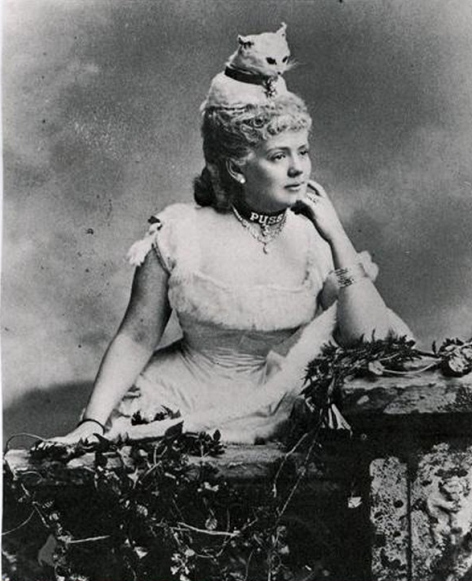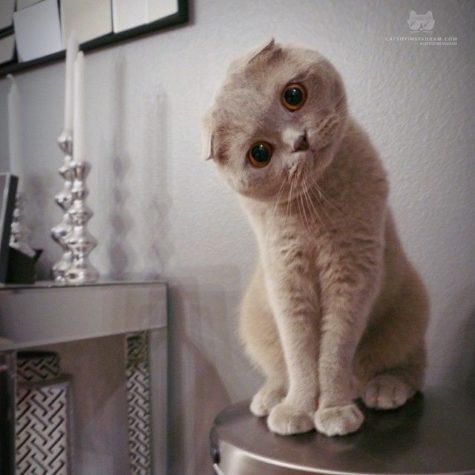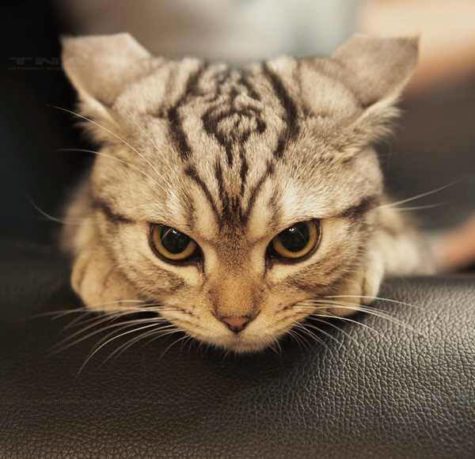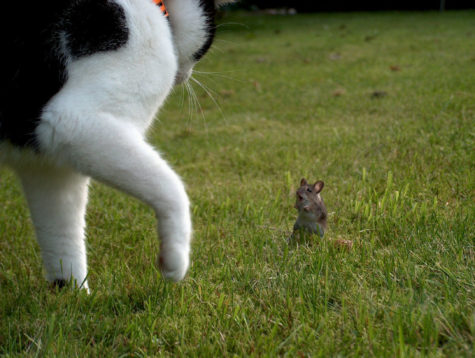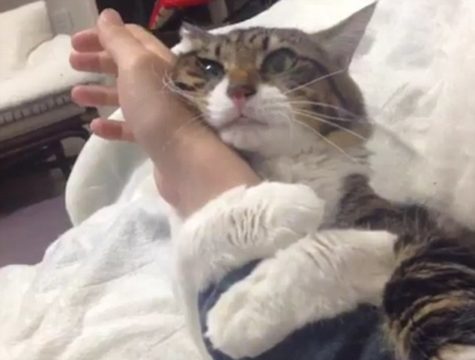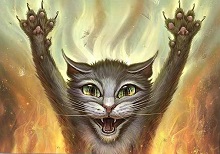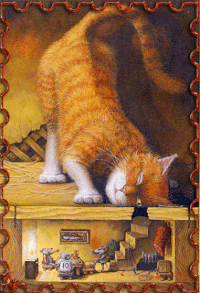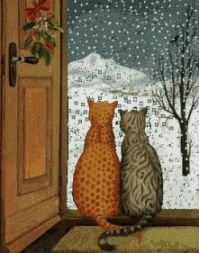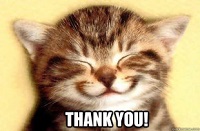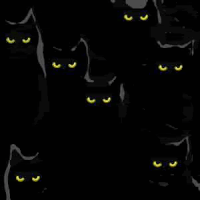unCATegorized
If Microsoft Made Cats
If microsoft made cats instead of computers, here is what you might expect:
- MS stands for Moggy-Soft (UK version) or Meow-Soft (US version).
- PC stands for PussyCat, the standard platform on which the Moggy-Soft/Meow-Soft operating system is installed. It will also run on a Laptop PC.
There is no Command Line interface since MS-Cats do not take commands; they process suggestions using fluffy logic.
MS-Cats come with a single user licence. If you want a family cat you must purchase CatNT, the multi-user version.
Each MS-Cat package is totally unique and cannot be transferred from one PC to another. Should you transfer your PC to another user, you must transfer it with the MS-Cat software preinstalled.
Under the MS-Cat purchase deal, you may opt to purchase a MS-Kitten (the cut-down version of MS-Cat). However, MS-Kitten is a developing application and as more and more patches are installed it will eventually inflate to the size of MS-Cat. It is recommended that you buy MS-Cat as the bugs and quirks will already be known (although there is nothing to stop new ones from developing due to the complex and subtle interaction of the various MS software options).
Every time you upgrade to a new MS-Cat, it looks and feels the same but acts totally differently.
If MS-Cat or MS-Kitten requires a software upgrade it will spontaneously download the appropriate items with minimal user intervention.
- Note: Due to the application of fluffy logic, some patches may adversely affect performance and require tailoring by the user.
- Note: Anti-Trust Laws require that we point out that Mewnix may be used as an alternative operating system on MS-Cat compatible platforms.
Bundled Items:
- CLAWS
Claws is a standard feature which comes bundled with MS-Cat. There is currently no option to buy MS-Cat without this item. CLAWS is pre-installed and it is up to the user must uninstall it at additional cost..
Note: In countries such as the United Kingdom, CLAWS may not be legally uninstalled except where it is causing severe system degradation as opposed to mere user inconvenience.
- DIS-ORGANIZER
The standard MS Dis-Organizer will ensure that you cannot find small items such as keys, wristwatches or jewelry and that you encounter other items (dead mice, poopies, pukies) at the most inconvenient times. It will help you to miss some engagements completely and to turn up late for others.
- POWER-SAVE
MS-Cat will periodically enter Power-Save mode to conserve system resources. Power-Save mode may be spontaneously engaged either when the system has been idle for some time or in response to a period of high activity. Do not be alarmed if MS-Cat invokes Power-Save in the middle of an intensive activity operation. This is a perfectly normal although mildly irritating response to resource drain. The system will Re-Boot when it is ready and not before!
- BOOT/RE-BOOT
Installed, but only available to specialist engineers! You must not attempt to Boot your MS-Cat; this is done at system initialization before it leaves the factory. Your MS-Cat operating system will automatically put the host PC or Laptop into Power-Save mode and cause it to Reboot itself periodically throughout the day and night If your MS-Cat suffers erratic performance or fails to boot fully, consult a veterinarian or similarly qualified specialist to Reboot your MS-Cat for you.
- SELF-SHUTDOWN
All MS products are designed with built-in obsolescence. Due to a unique “randomizing” factor, only the MS-Cat knows this date. It is not user accessible unless you have cause to prematurely close the unit down due to a terminal fault. Self-shutdown is normally preceded by gradual and noticeable operating system degradation. Once closed down in this way, any MS-Cat stored data cannot be salvaged. The self-shutdown program cannot be uninstalled.
- SYSTEM THRASHING WARNING SIGNAL
Conveniently located at the aft end of the cat above the waste outlet valve. Be careful of tail thrashing! Ignoring this warning signal may result in damage to the operator.
Purrifurrals
A number of purrifurrals are supported by MS-Cat e.g. scrunchy wad of paper, catnip mousie, jingly ball. Others may be added at the owner’s discretion.
Note: Some proprietary add-ons will fail to install. This is perfectly normal.
Despite 100% compatibility with the MS-Cat operating system, a random error generator ensures that each is unique in the number and range of supported third party add-on hardware. Use of purrifurrals will enhance operator enjoyment of the system, but may temporarily deplete system resources resulting in sudden activation of Power-Save mode.
MS-Cat reserves the right to ignore selected purrifurrals, either temporarily or permanently, for no particular reason. When this occurs, replace the purrifurral with something newer and flashier.
By Messybeast
More Coffee Cats
Some Catty Fun For Halloween
KITTENS’ HEAD HATS
This is a disturbing trip to the past when the world was a much different place. It’s about a time when hats made from kitten’s heads and cat fur were in fashion and all the rage. Not many pictures are available, but I did find one. If stuff like this is upsetting to you, find comfort in the knowing that those days are past.
Fur, sometimes from cats, has long been used in clothing, both for warmth and decoration. Well into the 20th Century it wasn’t unusual to wear fur stoles that still had the head, legs and tails attached. The fashion for using kittens’ heads to trim the elaborate hats of the late 19th century evolved from the “feather fashion” trend of the mid 1800s.
Fur coats and fur trim from many farmed and trapped mammals were widely used at the time and cat skins could be passed off as other species in coats and wraps, but to understand how kittens’ heads became fashion accessories, we need to look at a fashion trend of the time – hats. Skins, plumes, wings and gaudy feathers of exotic birds had been widely traded for decorative use since the 1860s. London became the center of trade for these exotic feathers, while Paris and New York were the manufacturing centers for feather trimmings for hat ornamentation.
The American hat craze was in full swing in the 1880s – extravagant hats sported a variety of animal parts: feathers, quills, whole small birds, birds’ wings, fur, whole mice and whole small reptiles in addition to fruit, flowers, ribbons and lace. Hats were big business. In 1889 in London and Paris, over 8,000 women were employed in the millinery trade. In 1900 in New York, some 83,000 people – mostly women – were employed in the trade.
Paris was considered to be the trendsetter, but one particular millinery trend did not appear to cross the English Channel or the Atlantic Ocean – the 1880s fashion for using kittens’ heads and baby squirrels’ head on hats. Dead furry faces now peeped out of feathers or foliage. While there was always a surplus of kittens in that era, the look became so popular that kittens were apparently specially bred to meet the demand of milliners and their fashionable customers. Kittens’ heads were also used on muffs (hand warmers) and purses.
In The Newspapers – Late 1880’s
From The New York Times, October 4, 1883:
PARIS, Oct 3. – Paris is very animated in the Bois, at the Salon trienniel, the Hippodrome, the Cirque, the Porte St. Martin – where “Frou Frou” is drawing crowds – at the grand bazaars, where their exhibitions of silks, velvets, and nouveautes d’hiver, in the fashionable restaurants – and above all, in the environs of the Rue de la paix. Elegant mondaines and demi-mondaines are visible daily in full force, and the salons of the great couturiers are invaded by fair ladies in quest of new toilets – costumes de chateau, costumes for hunting, shooting, and 5 o’clock tea.
Here are three new hats that were noted at the Salon yesterday. A toque of black tulle, embroidered with Pompadour sprigs of bright flowers in front; a large loosely looped rosette of Rose Dubarry ribbons, and in the midst of that a richly jeweled owl’s head. A Henri IV hat of yellowish, long pile beaver, the brim flat and narrow, on one side a nest of mice, forming a bow. A blue soft felt hat, on one side a bow of blue velvet and satin, on which is placed a bird with open wings, and from under the bow emerges a kitten’s head. The demand for kittens’ heads has become so important that cat breeding has become a regular business. Pigeons’ wings and cock’s heads are also much worn, and the muff of the season will be velvet or plush, to match the dresses, with a kitten or hirondelle de mer on the front.
Fort Wayne Sunday Gazette (Indiana), Sunday, October 28, 1883; The Indiana Herald, 26 December 1883; The Herald-Despatch, 19 January 1884 (all apparently picked up from the Chicago Herald):
Fashion, omnipotent fashion, promises to do what centuries of bootjacks, fire shovels, cuspidors, and other utensils convertible into missiles of distinction have failed to accomplish. For countless ages’ such household articles have been aimed at howling midnight cats by victims whose sleep was banished by caterwaulings. Cats have been hit and the breath has temporarily left their bodies, but it is not on record that midnight cat meetings have ever been broken up through denuding a bed-chamber of utensils that might be hurled at the feline foes of slumber. The next night the cats invariably reassembled as if by request. But, unless fashion should suddenly change her mind, relief would appear to be at hand.
Kittens’ heads are extensively used by fashionable milliners in Paris for the trimming of ladies’ hats and bonnets. So large has become the demand that Paris backyards are nightly invaded by cat-hunters, and the breeding of kittens for their heads has become regular business. Paris sets the fashions, and this demand for kittens’ heads must extend all over the world. The cat with a litter of young ones will be unable to send then out into the world to imitate her own dissipated career. They will have their little heads chopped off, and the self-same little heads will be used to adorn the millinery of the fashionable lady. – If this fashion should hold out a year or two, nocturnal caterwaulings will be heard no more, and a single boot-jack may last a man a lifetime.
“Gleanings,” Honesdale (PA) Wayne County Herald; an issue from 1883 noted:
“Kittens’ heads are to take the place of birds’ heads on the coming bonnets.”
FASHION NOTES by Jenny Wren in the Observer, 7 February 1885:
“The very latest addition to bonnet adornments are twigs – little faggots really tied up, or the pieces stuck in separately. We have had mushrooms, birds and their nests, even “kittens’ heads, and dear little woolly ducklings, but we are to have twigs varnished or gilt out of all reason, with birds perched upon them – such are the vagaries of fashion.”
Would British or American women have adopted the kittens’ head hat craze? Possibly as this Christmas fancy goods advert from the Fort Wayne Sentinel, December 20, 1886 suggests:
“Purses made out of cats’ or kittens’ heads are the newest for change. Although reputed “from Paris,” they are made in New York, for purses go to GEORGE DEWALD CO”
There was a reference to the fashion in the children’s section of The Maitland Mercury and Hunter River General Advertiser (New South Wales), Saturday 7 July 1888.
MERCURY JUNIOR: A SEVERE LESSON. CHAPTER II.
Miss Tucker rubbed her cheek with her thimble to hide a smile that was called up by some half-forgotten reminiscence, and continued seriously ” Now girls, I’ll tell you just how it is. Men like a frisky kitten to play with, and like to tease it to see it spit and scratch ; but when they want one to keep, they pick out one that’ll cuddle down and purr, and it’s just so, girls, in human natur’. They like to joke and spar with a girl that’ll give ’em back smart answers, but when a sensible man picks out a wife, he don’t want that kind. He’ll go for one that is sweet-tempered and domestic. But I must go now, and get a drink of water, for I’m as dry as a contribution-box.”
“Wait just a minute. Tell us something about the fashions, we don’t see anything in this out-of the-way place. Is it true that feathers has gone out of style ?” asked one.
” They say birds is going to be all the rage in the autumn. One of my ladies who is just come from Paris says birds of all sizes and species is to be worn. Yes, girls, you can safely wear anythin’ between a peacock and a thistle bird.”
[…] ” The worst thing T ever heard of,” said a quiet looking girl who had not spoken before, ” is that kittens’ heads have been worn on muffs. Isn’t it frightful ? Do you think any one could do such a cruel thing ?”
“I never see any myself, but I don’t doubt it. People given over to fashion will go to most any length.”
Luckily fashion changes quickly, albeit not quickly enough to save millions of small animals and birds from become hat decorations, and the fur-and-feather hat fad died out. While most readers will have been aware of the “plume boom”, few will have been aware that, for a while, hats were accessorized with kittens.
A Cat’s Guide To Humans
Introduction: Why Do We Need Humans?
So you’ve decided to get yourself a human being. In doing so, you’ve joined the millions of other cats who have acquired these strange and often frustrating creatures. There will be any number of times, during the course of your association with humans, when you will wonder why you have bothered to grace them with your presence. What’s so great about humans, anyway? Why not just hang around with other cats?
Our greatest philosophers have struggled with this question for centuries, but the answer is actually rather simple: They Have Opposable Thumbs. This single attribute makes them the perfect tools for such tasks as opening doors, getting the lids off of cat food cans, changing television stations and other activities that we, despite our other obvious advantages, find difficult to do ourselves. True, chimps, orangutans and lemurs also have opposable thumbs, but they are nowhere as easy to train and their incomes are limited.
How And When to Get Your Human’s Attention
Humans often erroneously assume that there are other, more important activities than taking care of your immediate needs, such as conducting business, spending time with their families or even sleeping. Though this is dreadfully inconvenient, you can make this work to your advantage by pestering your human at the moment it is the busiest. It is usually so flustered that it will do whatever you want it to do, just to get you out of its hair. Not coincidentally, human teenagers follow this same practice.
Here are some tried and trusted methods for getting your human to do what you want:
- Sitting on paper:
An oldie but a goodie. If a human has paper in front of it, chances are good it’s something they assume is more important than you. They will often offer you a snack to lure you away. Establish your supremacy over this wood pulp product at every opportunity. This practice also works well with computer keyboards, remote controls, car keys and small children.
- Waking your human at odd hours:
A cat’s “golden time” is between 3:30 and 4:30 in the morning. If you paw at your human’s sleeping face during this time, you have a better than even chance that it will get up and, in an incoherent haze, do exactly what you want. You may actually have to scratch deep sleepers to get their attention. Remember to vary the scratch site to keep the human from getting suspicious.
Punishing Your Human Being
Sometimes, despite your best training efforts, your human will stubbornly resist bending to your whim. In these extreme circumstances, you may have to punish your human. Obvious punishments, such as scratching furniture or eating household plants, are likely to backfire. Being unsophisticated creatures, humans are likely to misinterpret these activities and then try to discipline YOU. Instead, we offer these subtle but nonetheless effective alternatives:
- Use the cat box during an important formal dinner.
- Stare impassively at your human while it is attempting a romantic interlude.
- Stand over an important piece of electronic equipment and feign a hairball attack.
- After your human has watched a particularly disturbing horror film, stand by the hall cupboard and then slowly back away, hissing and yowling.
- While your human is sleeping, lie on its face.
Rewarding Your Human: Should Your Gift Still Be Alive?
The cat world is divided over the etiquette of presenting humans with the thoughtful gift of a recently disembowelled animal. Some believe that humans prefer these gifts already dead, while others maintain that humans enjoy a slowly expiring cricket or rodent just as much as we do, given their jumpy and playful movements in picking the creatures up after they’ve been presented.
After much consideration of the human psyche, we recommend the following: cold blooded animals (large insects, frogs, lizards, slow-worms, grass snakes and the occasional earthworm) should be presented dead, while warm blooded animals (birds, rodents, your neighbor’s Chihuahua) are better still living. When you see the expression on your human’s face, you’ll know it’s worth it.
How Long Should You Keep Your Human?
You are only obliged to your human for one of your lives. The other eight are up to you. We recommend mixing and matching, though in the end, most humans (at least the ones that are worth living with) are pretty much the same. But what do you expect? They’re humans, after all. Opposable thumbs will only take you so far.
Found at: Moggycats Cat Pages
